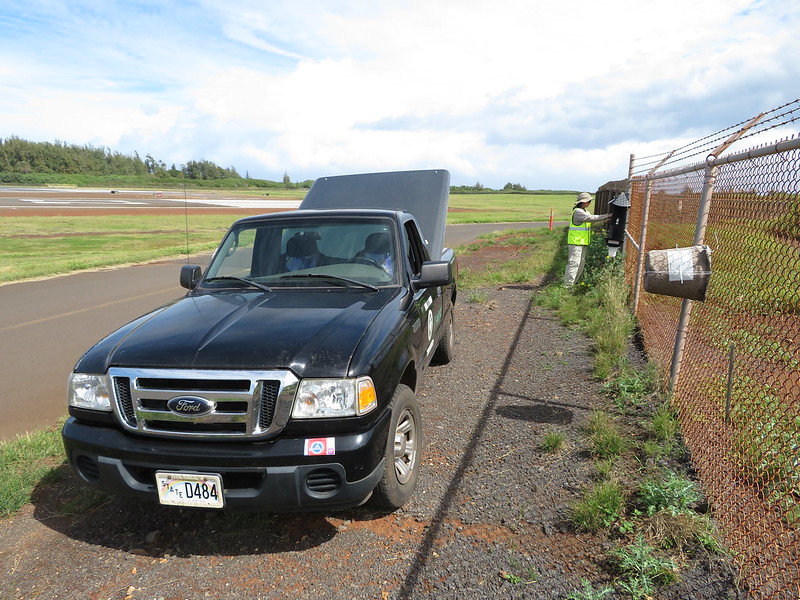MISC’s Early Detection team, Forest and Kim Starr, identify the ants collected by staff and submitted by the public. In…
Read More
early detection
Early Detection, Outreach, and Education – September 2020
Early Detection:No news is good news, at least from the early detection team. Forest and Kim Starr surveyed the Kahului…
Read More
Just the act of observing can help us and our island home
I ka nānā no ka ‘ike.By observing, one learns. ‘Ōlelo No’eau #1186- Mary Kawena Pukui The Hawaiian language includes over…
Read More
Finding pests early helps to protect unique places like Lānaʻi
If you travel between the Hawaiian Islands you know that each Island is unique, in traditions and food, expressions and…
Read More



